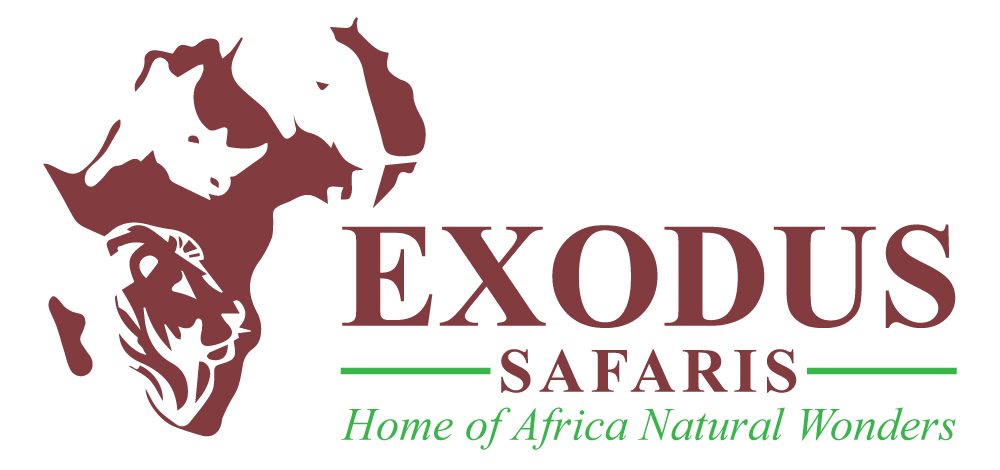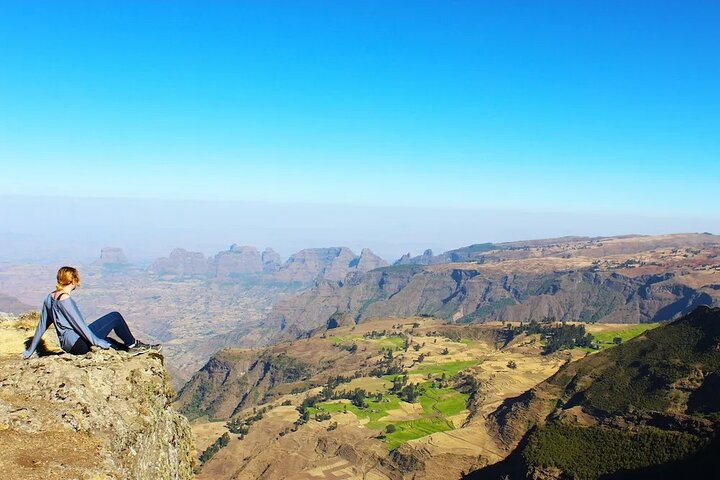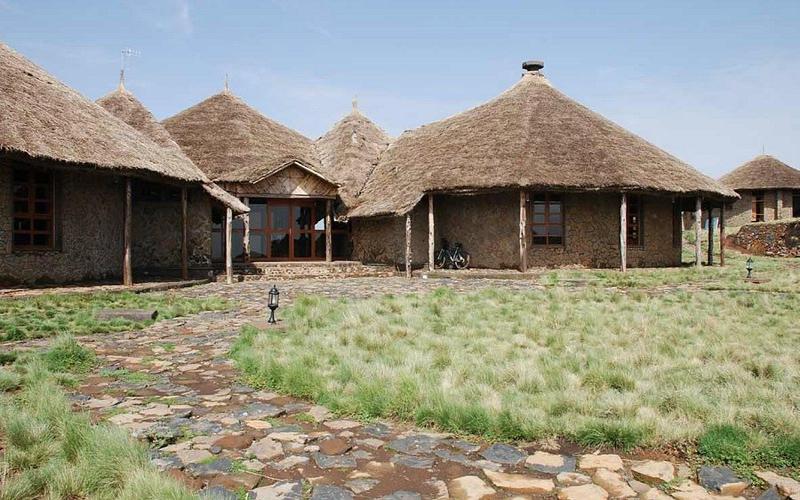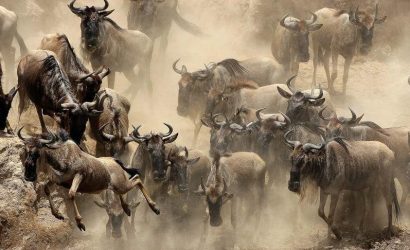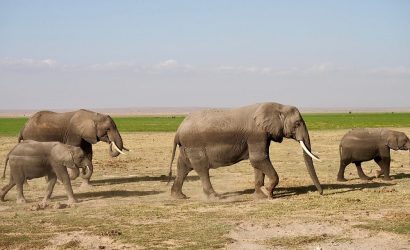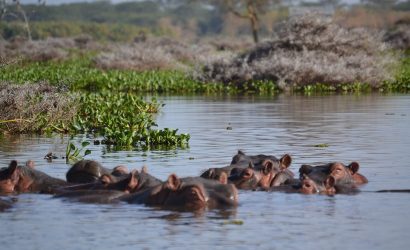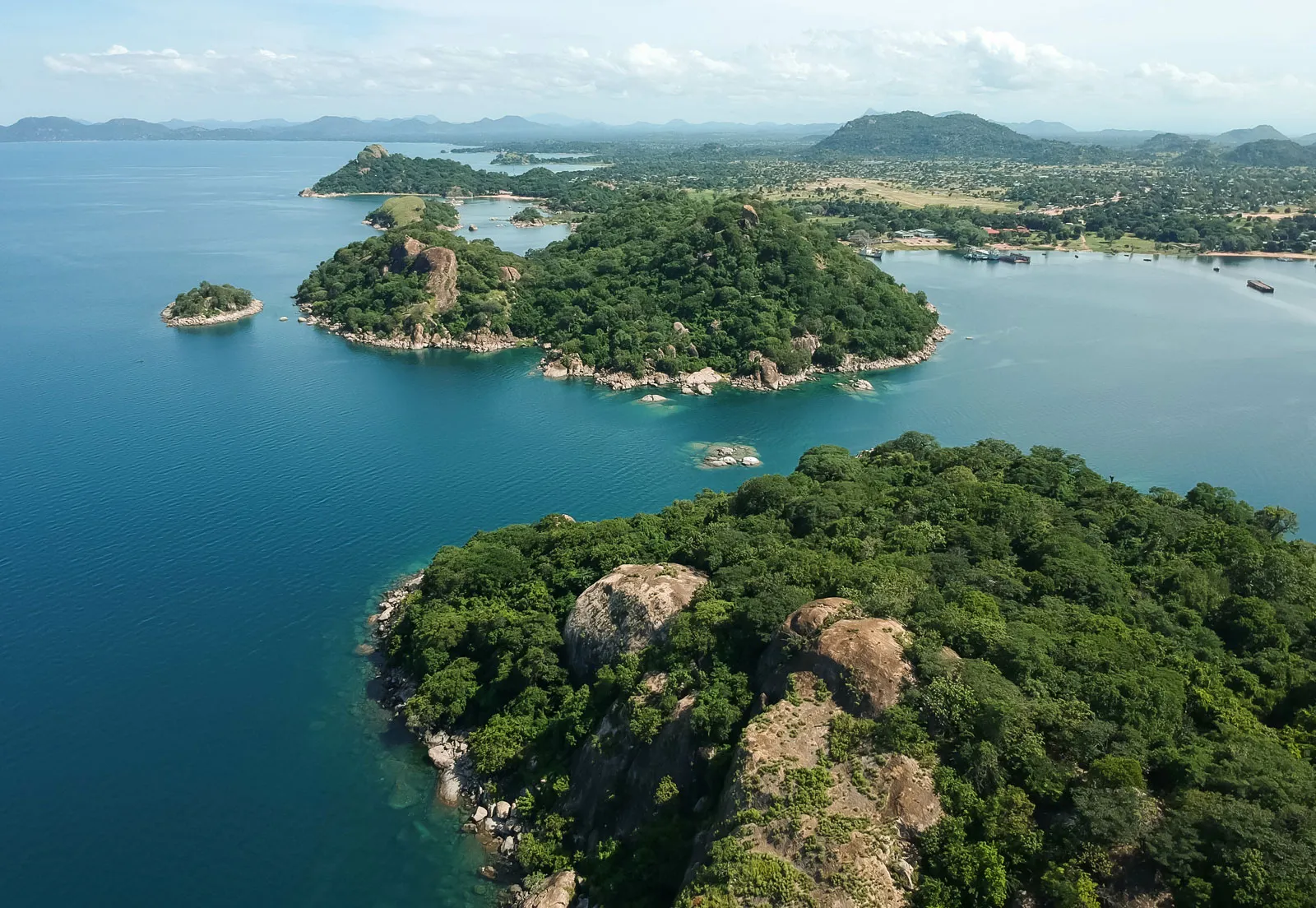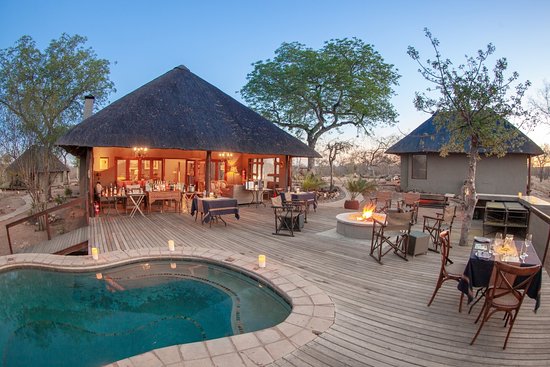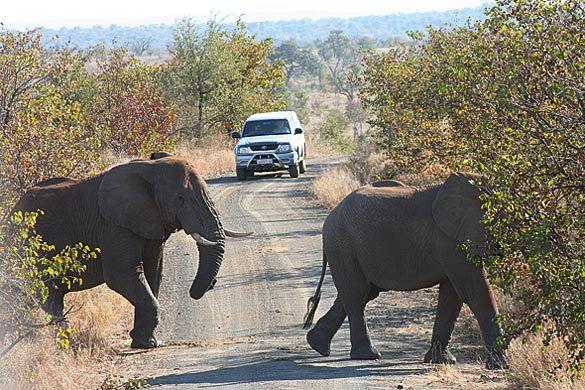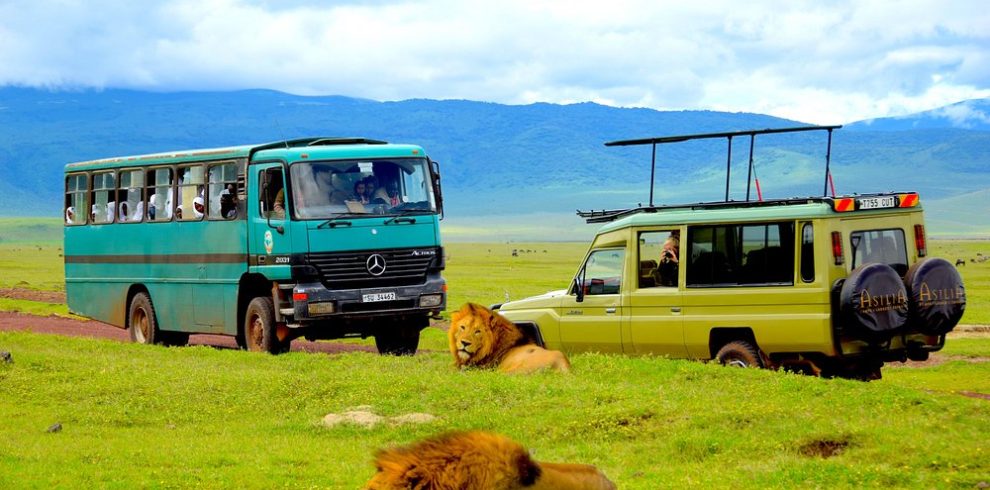Trip Info
-
Suitable for solo travelers and groups
-
This itinerary begins and concludes in Addis Ababa
-
Pre and post tour accommodation arrangements are also available at an extra charge
-
Normal 4x4 vehicle & air transfer
-
Can start any day
-
Shared tour
-
All meals included
-
English
-
18
Overview
Capture the stunning beauty of Ethiopia on a 17-Day Ethiopia Wildlife Photography Tour. Explore diverse ecosystems, from the Simien Mountains to the Rift Valley, and photograph rare species in their natural habitats. This immersive tour offers the perfect opportunity for wildlife enthusiasts and photographers alike.
There is no other place in sub-Saharan Africa where one can experience amazing wildlife, awesome landscape and culture in equal measure. Ethiopia has all of this and much more; the beautiful mountains of Bale and Simien; the great water birds of Rift Valley; and the magnificent palaces of Gondar- the home of many of the Ethiopian kings and emperors. These are our ultimate Ethiopia wildlife photography tours which encompass all the wonders. See them for yourself!
Highlights
- Can start any day
- Shared tour
- Mid-range tour
- Cannot be customized
- Suitable for single travelers
- Minimum age of 18 years
- A transfer from and back to the airport is included
Itinerary
Upon arrival at Bole International Airport, we shall meet and transport you to your hotel. Addis Ababa is situated in the central part of Ethiopia and is considered to be its geographical, political, and cultural capital. Addis Ababa can, therefore, be seen as unique among African capitals because it was not built under colonialism. Among them is the National Museum of Ethiopia, which contains the remains of ‘Lucy’, the bipedal hominid dating back to 3.2 million and found in 1974. Finally, today we will hold a welcome dinner with the other participants of the trip this evening.
Main Destination:
Addis Ababa (City)
Accommodation:
Da'amat Hotel
- 3-star hotel category situated in Addis Ababa (City).
Meals & Drinks:
- Dinner (Breakfast & lunch not included)
- Non-alcoholic drinks
Will take the morning flight to Gondar, a royal city of the 17th century in Ethiopia. Then, we will proceed to visit the Simien Mountains National Park which is a world heritage site. The journey from GOnder town to Debark is very picturesque. In the afternoon, from our spectacularly located lodge (Simien Lodge), we shall undertake our photographic discovery of the amazing Simien Mountains.
Main Destination:
Simien Mountains National Park
Best Time To VisitSeptember to December (Beautiful scenery)
Tourist Season: October to April with the lodges operating at full capacity.
Best WeatherOctober to April
Wildlife in Simien Mountains NP
Gelada Monkey, Walia Ibex, Ethiopian Wolf, Klipspringer, Bushbuck, Golden Jackal, Hyena
Accommodation:
Simien Lodge
- Market class lodge found within the Simien Mountains National Park
Meals & Drinks:
- All meals included
- Non-alcoholic drinks
A home to the endangered Simien wolf, gelada baboon and the Walia ibex, a type of wild goat found only in Ethiopia, the Simien Mountains is one of the must-visit destinations in Ethiopia. It also has several endemic bird species including the thick billed raven and wattled ibis among others. Besides natural attractions like scenery and wildlife, the park is also well known for Afromontane forest, Hypericum woodland, Afromontane grassland, and Afro-alpine moorland with large lobelias woodland. To locate the gelada baboons, which are endemic to this region we will proceed to the scenic area of the Simien escarpment. Also known as ‘bleeding heart baboon’ and ‘lion-monkey’, gelada baboons are native only to Ethiopia and Eritrea although if numerically abundant they still roam the slopes of Simien Mountains. In essence, geladas are herbivores, which feed mostly on herbs, grasses, and roots but occasionally consume insects and locusts. Geladas inhabit the edges and cliffy slopes of the plateau as a defensive feature against any form of predation.
Main Destination:
Simien Mountains National Park
Accommodation:
Simien Lodge
- Market class lodge found within the Simien Mountains National Park
Meals & Drinks:
- All meals included
- Non-alcoholic drinks
Cut by massive erosion the Simien Mountains is one of the most beautiful geographic feature in the world with many peaks over 4000 meters high, deep crisscrossing valleys and 1500 meters cliffs.
This will entail taking an early breakfast and setting off for Chenek guard post with a picnic lunch in the car. The landscape around Chenek is even more stunning that further west than our lodge, there are huge peaks, crags and cliffs as well as distant granite domes that make up the Simien escarpment. We can find the endemic walia ibex we can also visit. We will also be looking forward to have some shots at the elegant Ethiopian or Simien Wolf which is a dwindling species and is commonly sighted at Chenek. We also stand a high possibility of seeing some of the wild lives like the Ethiopian klipspringer, the Menelik’s bushbuck, the bush duiker and raptors which include the steppe eagle, the tawny eagle and even the bearded vulture or the lammergeier.
Main Destination:
Simien Mountains National Park
Accommodation:
Simien Lodge
- Market class lodge found within the Simien Mountains National Park
Meals & Drinks:
- All meals included
- Non-alcoholic drinks
After breakfast in the morning, we will head back to Gondar by road. This city in northern Ethiopia is home to extensive 17th-century stone castles and forts that give the place a bit of fantasy-like Camelot touch. Originally established in 1636 by the great Emperor Fassiladas, and once the royal capital of Ethiopia this UNESCO site is set high on tree-peppered hills. We will visit Fassiladas architecture and his descendants such as the castles and churches and the emperor palace. The most striking is the Debre Birhan Selassie church with numerous painted frescos on the walls and ceilings depicting biblical as well as historical events of the Middle Ages.
Main Destination:
Gondar (City)
Accommodation:
Haile Resort Gondar
- A mid-range hotel to offer in Gondar (City)
Meals & Drinks:
- All meals included
- Non-alcoholic drinks
Finally we will take a morning flight to Addis and from there we can fly eastward to the town of Dessie were Dire Dawa is located. From there we shall take a bus to the Chercher Mountains arriving at the city of Harar in the evening where we shall be spending the next two nights. We will get here early in the morning to have a first walking tour around the city, and our first encounter will be with the ‘Hyena Men’ this evening. Harar is also known as “The City Of Peace” and is as old as the known world history. However, this city was already experiencing growth in the 13th century and became the capital of the Adal Sultanate and the Emirate of Harar in the 16th century.
Some of the myths that surround feeding hyenas are; it was believed that since they were scavengers they had to be fed publicly with porridge throwing it around just to be used as prophets depending on how they ate the porridge. Some argue that they were fed in order to keep them away from consuming even livestock or people when there was little, or that Muslim saints wanted to get some meals from their clan heads and in exchange persuaded them not to kill anyone.
Main Destination:
Harar (Town)
Accommodation:
Wonderland Hotel
- Moderately priced hotel situated in the Harar Town.
Meals & Drinks:
- All meals included
- Non-alcoholic drinks
This morning, we will have a guided tour in present day Harar, visiting the old walled city also called the Jugal or Jugol. The walled old town seems to have been founded in the 16th century and contains a myriad of tiny lanes, bazaars, mosques and buildings. While Harar is one of the four most significant Islamic cities in the world, along with Makkah, Madina and Alquds, it now is best known for religious tolerance. This place is good for taking some vantage shots and especially when you get there early in the morning when the light is still good. We shall also meet one of the ‘kite men’ of Harar for a photo session. This is not some old age practice of feeding the kites but is enjoyable to watch and take pictures how the kites scavenge for small pieces of meat from a ‘kite man’.
In the evening, we shall return again outside the town to be with our ‘Hyena Man’, a session that none of us shall be able to forget.
Main Destination:
Harar (Town)
Accommodation:
Wonderland Hotel
- Moderately priced hotel situated in the Harar Town.
Meals & Drinks:
- All meals included
- Non-alcoholic drinks
In the morning after breakfast we shall proceed and drive down into Asha-Shabo a dry rift valley. The dry plains of this part of the Awash River region are home to the nearly endemic sacred (or Hamadryas) baboon, Soemmering’s gazelle, Beisa oryx, the graceful long necked northern gerenuk and the cute salt’s dikdik. There are a good opportunity to take photograph of the newly ‘promoted’ wolf also known as the golden jackal of Africa here. With a bit of luck we should also come face to face with northern lesser kudu.
Little would it take just a little persistence and a good dose of fate to spot one of these pictures – an Arabian bustard with one or more northern carmine bee-eaters on its back. Birds are also diverse and among the most interesting subjects to capture through the lens are the Somali ostrich, lappet-faced vulture, tawny eagle, pallid and montagu’s harriers, pygmy and lanner falcons, buff-crested, hartlaub’s and white-bellied bustards, black-headed lapwing, superb Abyssinian roller, hornbills, Somali fiscal, and rosy-patched bushshrike.
Main Destination:
Aledeghi Wildlife Reserve
Accommodation:
Doho Lodge & Hot Springs
- selection mid-range lodge situated within the vicinity of Awash NP
Meals & Drinks:
- All meals included
- Non-alcoholic drinks
If necessary we will spend the early morning in the area and then proceed to the Awash National Park which is nearby. We will take a game drive in the thorny bush and grassland habitat which is in Awash National Park also a nature walk through the river bank forest beside the Awash River Falls. We shall be privileged to see mammals like the salt’s dikdik, lesser kudu, warthog, hamadryas baboon, olive baboon, black-backed jackal, spotted hyena, Abyssinian hare, aardwolf, aardvark, grivet monkey, Nile crocodiles in the shores of the river and many more animals and bird species.
Main Destination:
Awash National Park
Best Time To VisitOct to Feb (Little rain and less hot)
Peak Season: September to April (The park is relatively empty)
Best WeatherOctober to February
Wildlife in Awash NP
Olive Baboon, Beisa Oryx, Soemmerring’sGazelle, HamadryasBaboon, Salt’s Dik-dik, Lesser Kudu, Desert Warthog, Defassa Waterbuck, Nile Crocodile, Spotted Hyena, Guereza Monkey, Ethiopian Wolf, Gelada Monkey, Walia Ibex
Accommodation:
Genet Hotel Awash
- There is a mid-range hotel that is less than an hour’s drive from the park.
Meals & Drinks:
- All meals included
- Non-alcoholic drinks
After breakfast, we will embark on a drive to the Great Rift Valley. Some of the places we will be visiting include Lake Ziway, within this place we will be checking into a comfortable hotel within the shores of the lake. Lake Ziway is excellent for taking pictures of the kind which we cannot take in the Bale or Simien. The two prominences that begin here at our hotel can be exited from, walking out directly onto. watch aerial displays by thousands of water birds many of which can easily be approached. One significant thing about Ethiopia, and this is why it is ideal for wildlife photography, is that birds and the rest of the creatures are not threatened by locals. Large numbers of great white herons could be seen and we get rather close to these massive and majestic birds. Other stars include the Malachite kingfisher, the African jacana with a long toe, the Goliath heron, the hamerkop, the fish eagle, the saddle-billed stork and many more species.
Main Destination:
Lake Ziway
Best Time To GoOctober to January (Little rainfall)
High season: October to January (It is the busiest)
Best Weather
Accommodation:
Haile Resort Ziway
- A moderately sized hotel at Ziway Lake
Meals & Drinks:
- All meals included
- Non-alcoholic drinks
We will start early in the morning and it will take us at least an hour to drive to the north eastern shores of the Lake. The rather dilapidated buildings of most motels often host several cryptically-hued slender-tailed nightjars. When looking for these nightbirds it is also possible to shoot the black-winged lovebird and red-throated wryneck as well as namaqua dove, white-bellied go-away-bird, the peculiar looking speckled mousebird, little bee-eater, Eurasian hoopoe, black-billed wood hoopoe, greater blue-eared, Rüppell’s and the superb starlings.
After that we will drive south to Shashamane town where we will have our lunch. Later in the afternoon, we shall go on a game drive to the more secluded Senkelle Wildlife Sanctuary which is home to the Swayne’s hartebeest. These impressive chestnut-coloured antelopes are still to be seen in these parts, and the grasslands also offer white-bellied bustard and lovely northern carmine bee-eater. We will then proceed to Awassa for an overnight accommodation.
Main Destination:
Senkele Swayne’S Hartebeest Sanctuary (Wildlife Sanctuary)
Best Time To GoOctober to March (Little rainfall)
High season: October to January (It is actually not that busy)
Best Weather
Accommodation:
Haile Resort Hawassa
- Hotel situated in Awasa (City) and is classified as a mid-pricing resort.
Meals & Drinks:
- All meals included
- Non-alcoholic drinks
It is located at the shoreline of the lake and who would not want to capture some beautiful shots with the grounds and the surroundings as our background during our morning shoot? , the delightful little African pygmy goose, African fish eagle, squacco heron, the perky little black crake and woodland kingfisher more conveniently photographed on the adjacent lakeshore. Another rare and local species is the African spotted creeper, which cannot be said to be a must-want bird for many visitors! Once the day warms up we will begin the journey to the high altitude of the Bale Mountains where we will spend four days at Goba. This afternoon, we will take out first photo tour within this beautiful mountain region.
Main Destination:
Bale Mountains National Park
Best Time To VisitNov to Feb (Little rain)
High SeasonOctober to January (The park is not busy at all.)
Best WeatherNovember to February
Wildlife in Bale Mountains NP
Ethiopian Wolf, Mountain Nyala, Warthog, Menelik'sBushbuck, Guereza Monkey, Olive Baboon, Bohor Reedbuck, Starck's Hare, Giant Mole-rat, Bale Monkey, Giant Forest Hog, Golden Jackal, Gelada Monkey, Walia Ibex
Accommodation:
Wabe Shebelle Hotel Addis Ababa
- 3-star hotel category situated in Addis Ababa (City).
Meals & Drinks:
- All meals included
- Non-alcoholic drinks
We will be focusing most of our activities on crossing through the Afro-alpine moorlands of the high Sanetti Plateau where chances of seeing Ethiopian wolves are high. The handsome Ethiopian (or Simien) wolf has had a rough go of it in the last few decades due to distemper epidemics brought by domestic dogs which have begun encroaching on this area ,: 56 due to increase in human population density. This is now the rarest canid in the world; however, fortunately for the species, the Ethiopian Wolf Conservation Programme has spearheaded an exercise in vaccinating local dogs, which has had the desired effect of restoration of the population.
Wolves are lone animals or move in small packs and therefore during our stay we should have several opportunities to observe them playing, meeting, resting or hunting rabbits and other small animals. Even when we expect to see them nab rats, it is a fortune to actually witness a ’kill’.
Main Destination:
Bale Mountains National Park
Accommodation:
Wabe Shebelle Hotel Addis Ababa
- 3-star hotel category situated in Addis Ababa (City).
Meals & Drinks:
- All meals included
- Non-alcoholic drinks
It is one of the few spots where a layman can literally find hundreds of rodents, and of course one can imagine the benefits for predators. According to this estimate, their density is as follows: In any one kilometer square or 0.4 square miles there should be no less than four tons of rodents. The great majority of the prey species on the moorlands (and the principal food of the Ethiopian wolf) comprise of three Ethiopian endemic species that include the Blick’s grass rat, the black clawed brush-furred rat and the rare and endangered species of the giant mole rat. The latter one is, of course, a huge blind rat with very silly teeth, which is always digging his burrow deeper to get to the new source of food. We will try and get close to them in order to take some pictures in a sneaky manner. They are able to hear as well as feel vibrations, so even though they have no sight, you cannot sneak up on them!
Main Destination:
Bale Mountains National Park
Accommodation:
Wabe Shebelle Hotel Addis Ababa
- 3-star hotel category situated in Addis Ababa (City).
Meals & Drinks:
- All meals included
- Non-alcoholic drinks
Even though the handsome mountain nyala is relatively frequently encountered on the moorlands, the terrain remains exposed and getting close to them on foot usually proves unproductive. For far better opportunities we have to go to Bale Mountain National Park headquarter at Dinsho. Here some of the nyalas, are nocturnal animals and are relatively easy to encounter, as despite being shy their fear of humans has been reduced to some extent; Menelik’s bushbucks relatively easy to approach and even the generally domesticated common warthogs can be approached to within a couple of metres.
Dinsho is also a good vantage point for bird photography with a variety of birds such as the African wood owl, the giant Verreaux’s eagle-owl and the rare Abyssinian owl. Cape eagle-owls are also found here, but they are normally too far to photograph well.
Nearby is an ideal location for taking pictures of Bohor reedbucks and olive baboons.
Main Destination:
Bale Mountains National Park
Accommodation:
Wabe Shebelle Hotel Addis Ababa
- 3-star hotel category situated in Addis Ababa (City).
Meals & Drinks:
- All meals included
- Non-alcoholic drinks
Spending our last photo shoot in the Bale Mountains, we drive back to Awassa for an overnight. In the evening we proceed to the forest close to the Lake Beautiful; here the black and white Guereza Colobus monkeys with long pointed tails are partially tamed because the hotel staff feeds them a few items, therefore we can easily get close and photograph them. Mothers with babies are very welcome, especially when it comes to very small children. Playful grivet monkeys are also found around the area, as well as many different species of birds.
Main Destination:
Awasa (City)
Accommodation:
Haile Resort Hawassa
- Hotel situated in Awasa (City) and is classified as a mid-pricing resort.
Meals & Drinks:
- All meals included
- Non-alcoholic drinks
Among its famous attractions is the National Museum of Ethiopia in Addis Ababa, which houses the fossil of “Lucy”, a prehistoric human ancestor existing at about 3.2 million years ago who was unearthed in 1974. If you have a chance to be in Addis Ababa University at Bole, you can visit the Ethnographic Museum to view traditional and modern day items. You will enjoy a local lunch with a typical cuisine, and taste the coffee ceremony of Ethiopia. You will then proceed to one of the most religious shrines in Ethiopia known as the Holy Trinity church. After crowding the caves we now proceed to view the tombs of emperor Haile Silase with the palace like architecture and the amazing painting of the church. You will later get to enjoy spectacular balcony view of the capital city of Ethiopia in Enoto. In the evening, we will have a final dinner at a restaurant serving Ethiopian food and there will be dancers and musicians who will showcase some of the ethnic groups in Ethiopia. Then proceed to the airport for your international connecting flight.
Main Destination:
Addis Ababa (City)
Accommodation:
No accommodation (End of tour)
Meals & Drinks:
- All meals included
- Non-alcoholic drinks
End of tour
- Other accommodation can be arranged at a nominal fee.
- You will be taken to the airport.
Includes/Excludes
Cost Includes
- • Park fees (For non-residents)
- • All activities (Unless labeled as optional)
- • All accommodation (Unless listed as upgrade)
- • A professional driver/guide
- • All transportation (Unless labeled as optional)
- • All flights during the tour
- • All Taxes/VAT
- • Roundtrip airport transfer
- • Food rations (As highlighted in the day-by-day section).
- • Refreshments (As shown in the day-by-day plan)
Cost Excludes
- • International flights (From/to home)
- • Additional accommodation before and at the end of the tour
- • Tips (Tipping guideline US$10.00 pp per day)
- • Miscellaneous expenses (Personal effects, mementos, insurance, visa charges, and so on-)
- • A change in taxes and/or fee charged by the government for the use of parks
FAQs
On the 17-day Ethiopia Wildlife Photography Tour, guests can get acquainted with the rich fauna peculiar to Ethiopia’s territories. At Simien Mountains National Park, visitors can take pictures of gelada baboons, Walia ibex and the Ethiopian wolves. Aledeghi Wildlife Reserve and Awash National Park are places where you can see oryx, gerenuk, as well as African lions. Endemics are locally found in Bale Mountains National Park and include the Bale monkey and the mountain nyala. Bird watchers will also get the opportunity to capture many endemic and migrant birds such as the Abyssinian ground hornbill and the thickness billed raven.
This Ethiopia Wildlife Photography Tour is for all levels of photographers, whether amateur or professional. This tour is ideal for any professional level of photography, be as a beginner or professional photographer, there is always opportunities to develop your wildlife photography skills. Our expert guides and photographers, will also be on hand to help with the camera settings, positioning and framing that you need to obtain the best photos of Ethiopia’s strange and splendid wildlife.
For the best experience in the Ethiopia Wildlife Photography Tour it is advised that you bring a DSLR or a mirrorless camera with a telephoto lens of 300mm or higher with you. For instance to capture the large expanses of country side of Ethiopia such as the Simien and Bale Mountains a wide angle lens is useful. For better stability, especially in the dark when following night wildlife, a firm tripod is necessary, in addition to a universal adapter plate that helps in using various tripods. Extra batteries, memory cards, and often a rain cover for the equipment is advisable because the climate in a few places can be quite changeable. Our guides can advice you on which equipment is appropriate to bring, before you start the tour in case you are unsure.
The]interface Ethiopia Wildlife Photography Tour itinerary involves the use of several comfortable hotels in cities like Addis Ababa and Gondar as well as eco-lodges and wildlife camps in the national parks. While on a tour in some other parts of Ethiopia, like the Bale Mountains or the Simien Mountains for example, you may be accommodated at lodges or guesthouses with relatively rudimentary facilities. These lodges are selected based on their locations strategic placement near the best wildlife photogenic areas so that the most time is spent taking incredible shots.
Nairobi Wildlife Photography Holiday also does not require much physical activity such as trekking in the mountain regions of Simien, Bale Mountains and the Awash National Park. However, it can be done in a way that it accommodates most people, and adequate time is provided with time t regular breaks in between. If you have mobility requirements that you would in any way require assistance with, please do let us know beforehand and we shall make arrangements on how to assist you.
It is recommended that the Ethiopia Wildlife Photography Tour be taken during the dry season, which is between the months of October and March. It has more favorable lighting conditions, better weather, and it is easier to travel to desired areas with the wild animals. The dry season is also the best time of the year to see the endemic species of this country because they converge around water resources. Also, bird photographers will be relieved because most bird species are likely to be around during this time of the year.
Map

